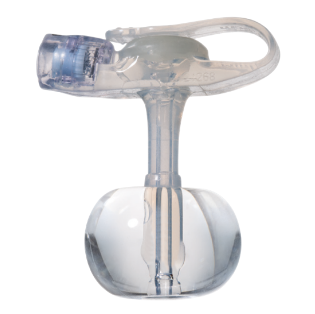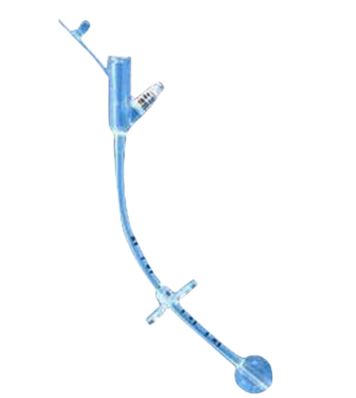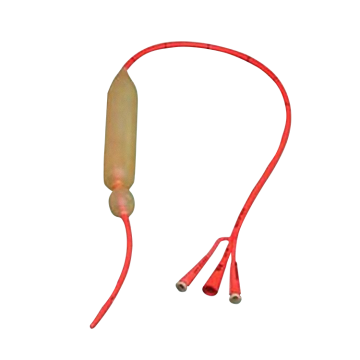
Medically Edited and Reviewed by Dr. Erin Zinkhan MD, BSBE
Updated: January 11, 2022

Gastrostomy tube feeding, also called G-tube feeding, is a way to ensure that a patient who cannot eat enough food gets adequate nutrition. G-tube feeding may be the best option to provide nutrition for these patients.

A G-tube is a flexible tube that enters the stomach through a surgical incision called a stoma. Medical food can be given through the G-tube directly into the stomach.
Anytime a device such as a G-tube enters the body there is a risk of infection; therefore, to keep the patient healthy, it is important to wash hands frequently, keep the stoma clean and dry, and wash feeding supplies every day.
Things to Know if You Have a G-tube
How to Feed Yourself
Just follow these simple steps for a step-by-step guide on g-tube feeding:
- Wash your hands thoroughly.
- Attach a 60cc (two ounce) syringe to the end of the G-tube and pull back. Note: you should expect to see some stomach fluid in the syringe. Talk to your doctor if you are not seeing any fluid as this can indicate that the G-tube may be out of place.
- Insert the feeding bag line into the G-Tube
- Adjust the flow by opening the clamp slowly.
- After feeding, flush the line by adding some water.
Note: the amount of water used to flush the line should be specified by a doctor.
How to Give Medication

Liquid Medication and crushable pills can be given through a G-tube. First, check with your medical professional to determine if your pills are safe to crush. If your pills are safe to crush, you can give the medication by following these steps:
- Make sure your G-tube is properly in place by attaching an empty syringe and pulling back.
- Flush the G-tube with 30cc's (one ounce) of water.
- Dissolve fully crushed pills in warm water.
- Deliver the dissolved medication through the G-tube with a syringe.
- Flush the G-tube again with water.
Helpful Tips
There are many things to keep in mind for G-tube feeding.
- Make sure the G-tube is clean and free of obstruction by flushing the G-tube with water immediately before and after feeding.
- Be aware of any changes in the length of the G-tube. These changes could indicate that the G-tube is out of place..
- Talk to a Doctor if you do not see fluid when testing the position of your G-tube. Not seeing fluid when you pull back with a syringe could indicate that the G-tube is out of place.
- You should not have difficulty breathing nor should you choke during G-tube feeding. Discomfort during feeding could mean that the flow is too fast.
- Sit-up during feeding, which will help the feeding flow naturally.
Sources:
https://www.upmc.com/health-library/article?hwid=abo0957
https://medlineplus.gov/ency/patientinstructions/000165.htm


Login and Registration Form